Relics of Taangis: Western Clans
Before the Taangis Empire, western Theyndora was the home of several loosely related cultures that did not share blood relations, but blood rituals. The Blood Harvest, where teens offered their blood to a bowl to cement their kith and kin ties, was considered a coming-of-age ceremony. The teens then accompanied a priest to a local mound where they, in turn, offered the blood to whatever object represented their respective deities.
The Stars, a religion of Taangis, hated the ritual and sought to destroy it and the people who practiced it.
In this document:
Western Theyndora Clans
Western Theyndora was home to the Albas, the Jils, the Rams, the Dens, the Shal and the Ellas. These clans, while sharing little in common otherwise, all claimed the same religious ancestor; a child of the creator, Omerdewrane, and his consort, Chewraineve. This child, Ghardevaine, married a star of the sky, and they had a myriad of children that sparkled on the earth as their kin did in the sky.
To cement the kinship ties between the sky and the earth, Ghardevaine began a kin and kith ritual, the Blood Harvest, a binding ceremony where his children, and their children, offered a token so the sky knew their allegiance to their kinship ties. The most important thing his children had was their blood, so they pricked their fingers, bled into a bowl, and the combined blood was offered to the sky.
In later years, the offering was given to the creator and his consort, so an appropriate mound was blessed and the blood poured upon it, still open to the sky, but feeding the earth as well.
Taangis Empire
The Taangis Empire, bloated on the power of Meergeven technology, plowed through less-advanced Theyndora resistance between 950 and 891 TE. They barreled across the continent until they hit the western cultures in 932 TE.
Logistics in getting men and equipment through the continent's central mountain ranges and local resistance slowed them down, but they eventually conquered the most hostile. Wishing to punish the peoples who did not bow immediately to them, Taangin military officials set about dismantling community and religious leadership, and Taangis-approved directors took their place.
The directors had more concern for war leaders than religious ones, so even though religious titles were eradicated, their peoples continued to conduct the Blood Harvest, based on the fact that both they and Taangis saw Stars as an important aspect of holy reverence.
The Fallen Stars
The Fallen Stars, the leaders of the Taangin Stars religion, did not view the ritual in the same way. Respect for the Stars required cleanliness, and they saw the act as dirty and barbaric, too bound to earth instead of the ethereal divine. They demanded the empire outlaw it, which Emperor Rofinus I did with a shrug.
The Fallen Stars sent adherents to Theyndora, claiming they would convert the barbaric. In practice, they jailed, tortured, and killed those who still followed the old ways, and convinced military leaders to divide clans and remove the troublemakers to eastern Theyndora or even Pelthine.
The Branches
The Jils, under a clan leader in hiding, Maxan, formed plans to rescue those receiving the blunt end of prejudiced justice. They attracted the attention of other clans, and a group called the Branches formed. They secretly invaded jails and military settlements and made off with not just freed people, but the advanced tech equipment as well. This, in turn, helped them successfully rescue even more people.
These people went into hiding as well, keeping away from the long arm of the Taangin Empire by creating communities in hard-to-reach rural areas, with most access to the outside world done through couriers.
The communities vowed to keep traditional clan and religious practices alive, and leaders would meet in secret enclaves to discuss how best to accomplish this. Through these discussions, the idea to live in caves below the surface, in an effort to hide from Taangis air patrols, was implemented. It worked better than the enclaves thought and kept most of their communities safe from harm.
In keeping with their traditions, most continued to practice the Blood Harvest. They modified the rites, and those modifications made their way into communities other than their strongholds. People began to dress in costumes and masks to hide their identity, then conducted rites that took the place of bloodletting, like burning an article of clothing or offering food to a deity's altar.
Emperor Ayapold and Fallen Star Lenorid
The military, not wed to the Stars' ideals, tried to shove the failures under the proverbial rug. The Fallen Stars, however, saw a threat to their religious supremacy. They stewed until 810 TE, when Emperor Ayapold gave them a sympathetic ear. Fallen Star Lenorid convinced him that the Theyndora peoples were too dangerous to leave alone. The military protested, but Ayapold, seeing a chance to further his own power-hungry ambitions, sided with the Stars.
In 810 TE, he formalized new laws written by Lenorid, which were based on how the Stars handled the clan rebellions, and regarded the conquered peoples on both Pelthine and Theyndora. He began a systematic division of all countries and peoples. Population centers were divided into twelve or thirteen districts, depending on size. All inhabitants but for one sole district were forced to move to another village, town, city, country, or continent.
Ayapold saw this as a good way to pit people against one another rather than the empire, and it worked. Hate and distrust directed at other forced relocators were the fallout of his rule. The empire glided by, untargeted, while locals fought locals in conflicts the military quickly put down.
His son, Rofinus II, continued the breaking of Theyndora. For the next hundred years, tearing apart communities and relocating their peoples became the staple Taangin policy. They saw it as a way to hinder rebellion and provide a way for the Fallen Stars to more easily acquire new adherents.
Relics of Taangis
In time, relocating forced peoples from disparate cultures to intermarry, whether they wished to or not. Cultures mingled, new religious ideas formed, and by the time the Taangis Empire dissolved in 1 TE, Theyndora was filled with diverse peoples creating new and interesting communities. Most were perfectly happy with that.
Unfortunately, one idea that gained traction among the wealthy, was that of pure-born natives. The wealthier Theyndora families tried to gain control of new governments by claiming their ancestors had not been forcibly moved, and as pure-born natives, they were the only ones who could properly rule countries. The Dentherion Empire took this as a mandate to conquer Theyndora because only their aristocrats had the appropriate ancestry to rule the continent.
The hidden clans slowly merged back into the general population, and their continued practice of ancestral rites blended with newer cultural norms. In this way, the Fools and Ghoul's Day festival is a descendant of the Blood Harvest and a staple holiday in Jilvayna. Currently, the celebration, which focuses on honoring ancestors, is growing beyond Jilvayna's borders, and into other lands.
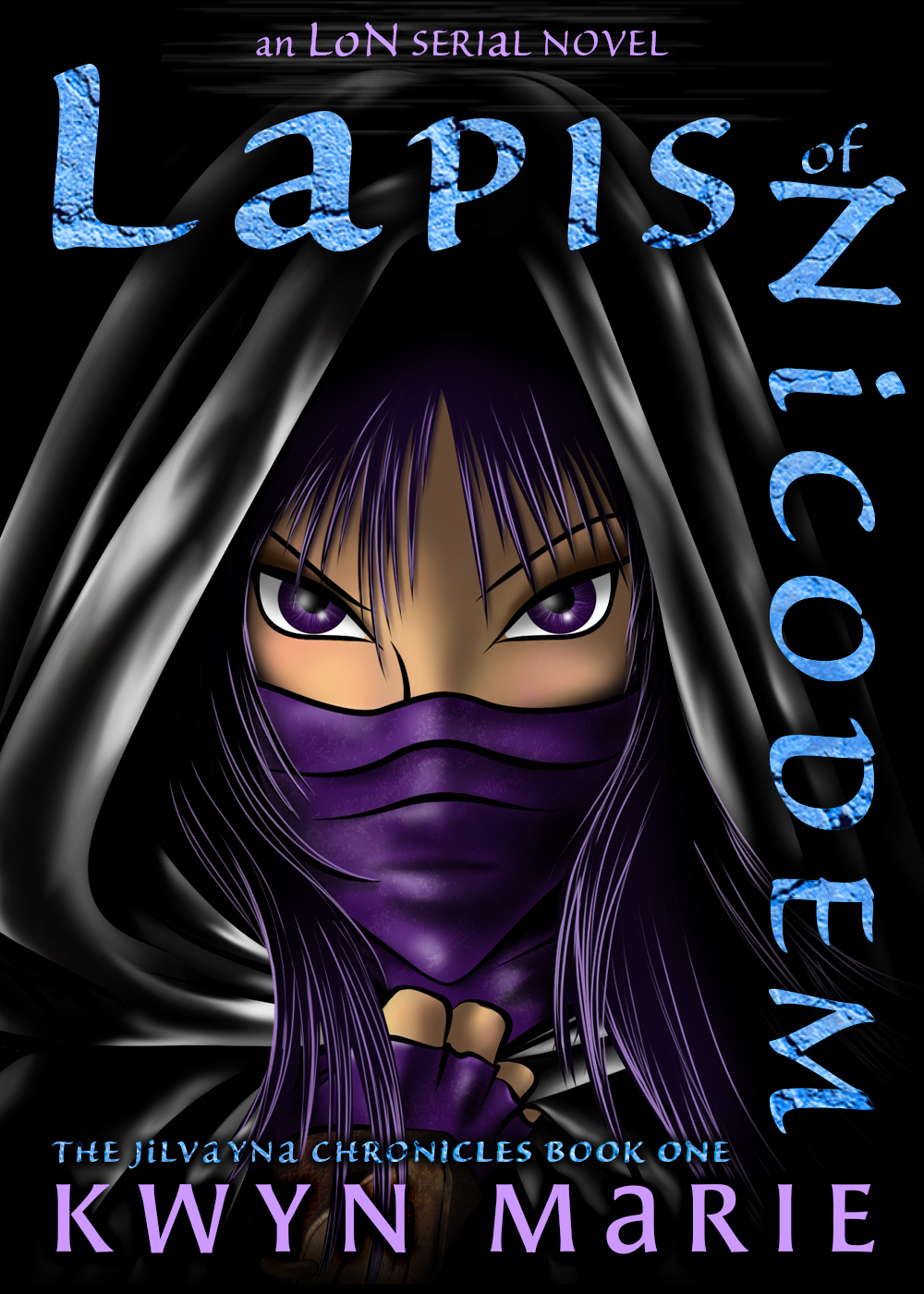
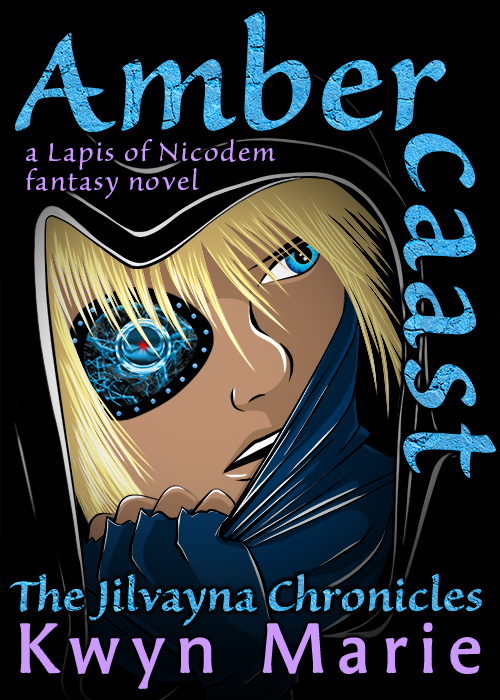



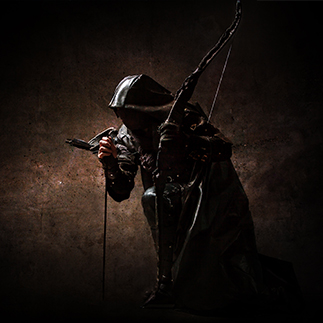
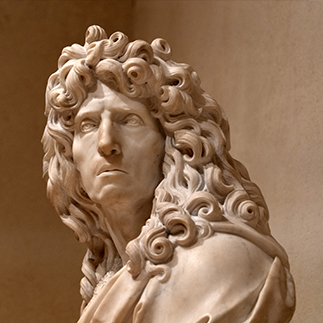
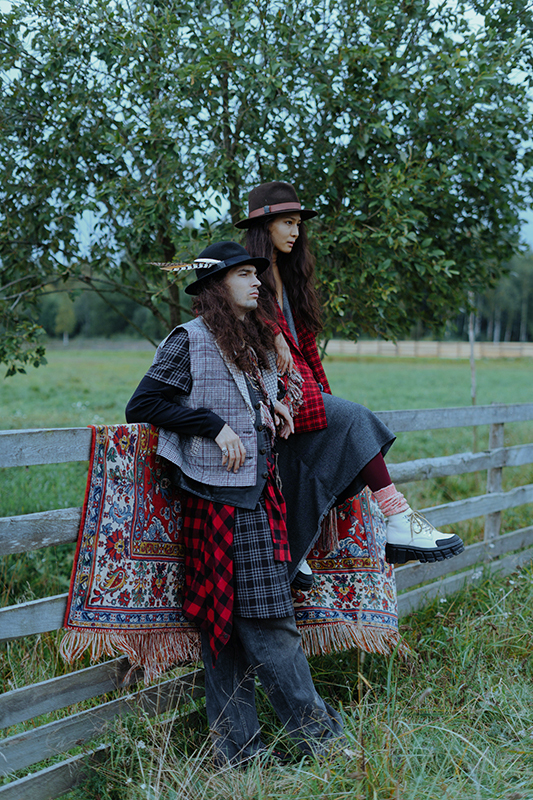


Very nice background history linking several cultures
Thank you :)